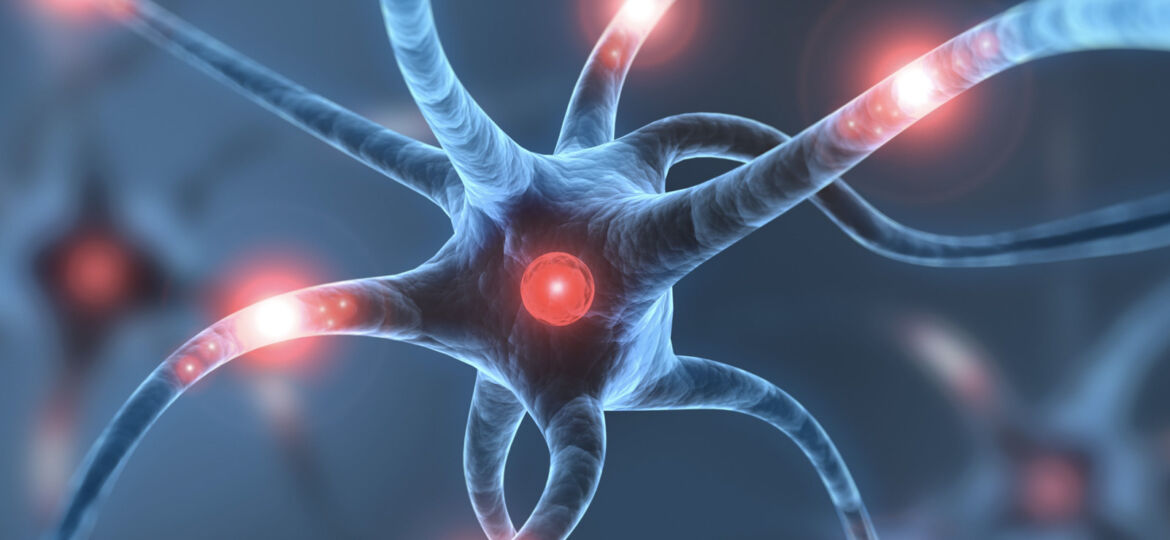
WHY THIS MATTERS IN BRIEF
A chemical computer, one that doesn’t use electrical signals to communicate, means that we now, potentially, have a way to send computer instructions around the human body that won’t interfere with our nervous system.
You probably take it for granted that the devices that enable our modern day life communicate with each other by using electricity. Either by wire or by electromagentic waves, it always comes back to an electrical signal flickering on and off and on again. But a new research project out of Stanford University is experimenting with using chemicals, as opposed to electricity, to send data from one machine to the next. They’ve even managed to send a text message.
Instead of sending ones and zeros by turning a current off and on, this system sends pulses of acid (Vinegar) and bass (Glass cleaner). The message, in binary chemical bits, travels through plastic tubes to the destination computer which tracks changes in pH levels to decipher the message.
“Every problem that we’ve addressed in traditional wireless communications over the last three or four decades is really different now because we’ve created a completely different mode of communicating,” said Andrea Goldsmith, Stanford professor of electrical engineering, “as so, it opens up all of these new ways of thinking about the optimal way to design this type of communication system.”
The possible applications for a stable, non-electronic messaging system are myriad. It could operate as a backup or alternate source of communication in case of a blackout and it’s already intrinsically hardened to withstand Electromagnetic Pulses – something which, against the backdrop of today’s growing nuclear proliferation is of increasing concern to the US Government – as well as places where sending electric signals are difficult, like underwater.
For the next step, Goldsmith and her fellow researchers are looking at human-based nanotechnology. Traditional communication is a problem for in-body nanotech because electronic signals don’t behave well inside the body and could cause potential organ damage. A messaging system not reliant on electricity could forego these problems altogether opening up a multitude of new opportunities for companies, and devices who, for whatever reason need to send computer messages around the human body. Whether it’s to enable communication with and between, for example, nanobots, neuroprosthetics or other implanted medical devices.
“It’s just so ‘out there,’ like science fiction,” Goldsmith says, “what are all the exciting ways that we could use this to enable communication that is impossible today? That’s what I would want someone to walk away thinking about.”

















[…] I’ll keep you posted when I see more details, however, just to throw this into the fire – if a DNA computer that uses just four bases could outperform tomorrow’s fastest quantum computers then imagine what a machine that uses six DNA bases could achieve. Fast wouldn’t be the word, and one day maybe we’ll combine them with chemical computers that can turn your own body into a computer. […]